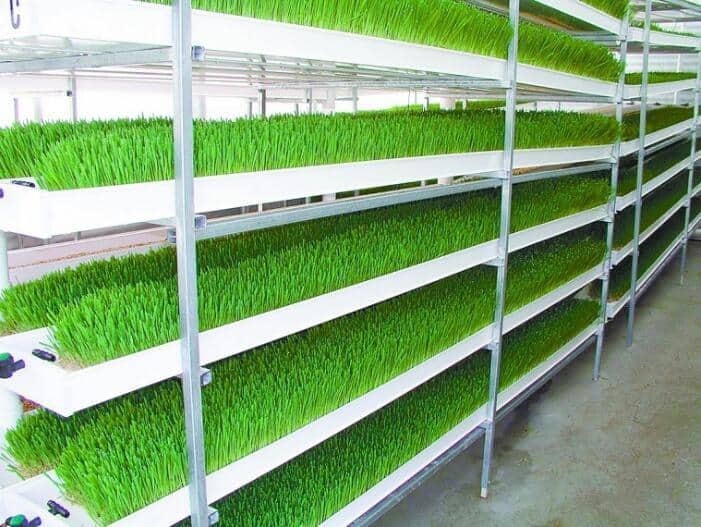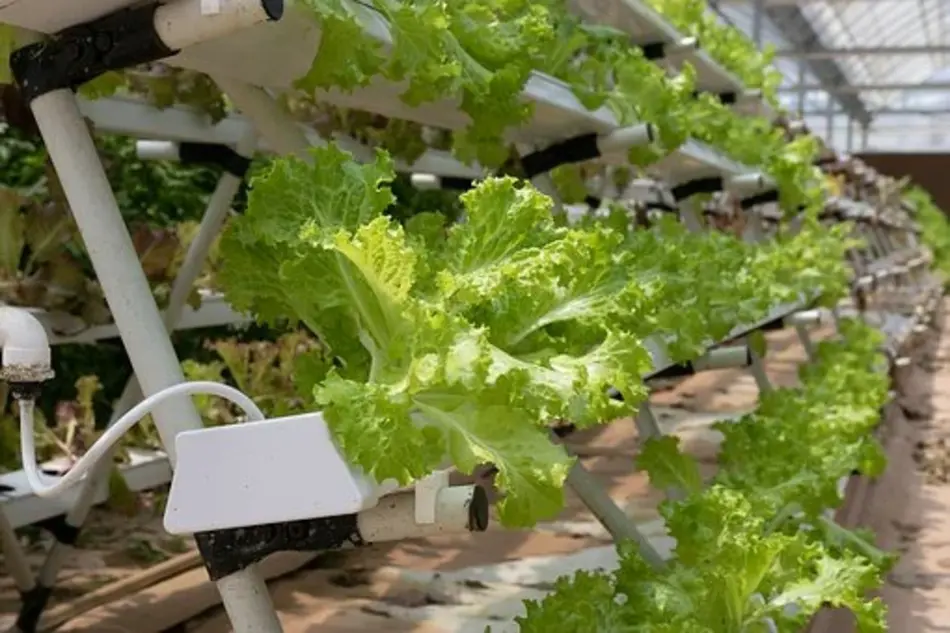Do you know that microgreens do not necessarily have to be grown in soil? Yes! They can be grown only in water as well through a modern agricultural method known as hydroponics. In case you don’t know what hydroponics is or how to grow microgreens hydroponically, don’t worry, I’ll teach you.
In this article, I’ll talk about how to grow microgreens hydroponically, what hydroponics is, the best microgreens to grow hydroponically, and of course, the health benefits of consuming microgreens.
How To Grow Microgreens Hydroponically
Here’s everything you need to know about how to grow microgreens hydroponically:
To get started, you’ll need a shallow container – such as a plastic tray – and some Hydroton clay pellets. Hydroton clay pellets are lightweight and drain well, making them ideal for hydroponic gardening. You’ll also need a piece of cheesecloth or another type of breathable fabric to cover the container. Finally, you’ll need some microgreen seeds. Once you have all your supplies, simply fill the container with Hydroton clay pellets and wet them with water. Then, sprinkle the seeds over the surface of the clay pellets and cover them with cheesecloth or fabric.
Microgreens are a type of baby green that packs a nutritional punch. They’re perfect for adding to salads, sandwiches, and soups, or eating on their own as a healthy snack. Microgreens are very easy to grow at home, and one of the best ways to do it is hydroponic.
Hydroponic microgreen gardens don’t require any soil, so they’re extremely low-maintenance. Plus, growing microgreens hydroponically ensures a consistent supply of fresh greens all year round.

Place the container in a warm, sunny spot and wait for the seeds to sprout. Once they’ve sprouted, remove the cheesecloth or fabric and continue to water the microgreens regularly. You can start harvesting your microgreens when they’re about 2-3 inches tall. Simply cut them at the base with a sharp knife or scissors.
And that’s all there is to it!
Growing microgreens hydroponically is a simple and effective way to enjoy fresh, healthy greens all year round.
What Is Hydroponics?
Hydroponics is a type of gardening that doesn’t use soil. Instead, plants are grown in water that’s been enriched with nutrients. This method of gardening has some major advantages over traditional gardening. For one thing, it’s much easier to control the nutrient levels in the water, which means that plants can grow healthier and faster.
And because hydroponic gardens don’t rely on soil, they can be set up just about anywhere-even indoors. As a result, hydroponics is becoming an increasingly popular way to garden, especially in urban areas. If you’re thinking about starting a hydroponic garden of your own, there are a few things you’ll need to get started. First, you’ll need a proper growing medium, such as gravel or perlite. You’ll also need a nutrient solution and a way to circulate the water.
Once you have all of the necessary supplies, you can start growing healthy plants without ever having to get your hands dirty!

Now that all of us understand what hydroponics is, let’s talk about how to grow microgreens hydroponically.
How To Grow Microgreens Hydroponically
Step-by-Step Process
Growing microgreens hydroponically is a great way to get fresh, nutritious greens all year round. Plus, it’s a fun and easy project for both kids and adults.
Here’s a step-by-step guide to growing microgreens hydroponically:
1. Start with a sterile growing medium and an empty growing tray. If you’re using Rockwool, cut it into 1″ cubes.
2. Wet your growing medium thoroughly with water from a spray bottle.
3. Fill each cell of your growing tray with one seed each. You can use your fingers or a small spoon to help with this step.
4. Gently mist the seeds with water from the spray bottle, being careful not to disturb them.
5. Cover the tray with a clear lid or plastic wrap to help maintain moisture and humidity levels. Place it in a sunny spot or under grow lights.
6. Check on your seeds daily, misting them if the growing medium looks dry. After 7-10 days, you should see sprouts emerging from the soil. At this point, you can remove the lid or plastic wrap.
7. Continue to mist the greens daily as they grow. You can start harvesting them when they’re 2-3 inches tall. Simply cut them at the base with a sharp knife or scissors.
8. Enjoy your fresh, homegrown microgreens!
With just a few simple supplies and a little bit of patience, you can enjoy fresh microgreens all year round. Give it a try today!
What Are The Best Microgreens To Grow Hydroponically?
Just about any type of microgreen can be grown hydroponically, but some varieties are better suited for this method than others. For example, fast-growing microgreens, such as radish, arugula, and mustard greens, are ideal for hydroponic gardens. These greens will be ready to harvest in just a few weeks.
Other great choices for hydroponic microgreens include kale, spinach, and chard. These leafy greens take a bit longer to grow than other varieties, but they’re well worth the wait. These nutrient-rich greens are perfect for adding to salads, soups, and stir-fries.
The Health Benefits Of Microgreens
Not only are microgreens easy to grow and delicious to eat, but they’re also incredibly good for you. In fact, microgreens contain up to 40 times more nutrients than full-grown plants.
Many of the health benefits of microgreens are due to their high concentration of vitamins, minerals, and antioxidants. For example, microgreens are an excellent source of vitamin C, which is essential for immunity and skin health. They’re also a good source of vitamin K, which is important for bone health.
In addition to vitamins and minerals, microgreens are also a good source of antioxidants. These nutrients help to protect the body against cell damage and disease. Some of the most antioxidant-rich microgreens include beet greens, radish greens, and chard.
So there you have it – everything you need to know about how to grow microgreens hydroponically.
Conclusion
Hydroponic systems allow for greater control over the growing environment, which can result in higher yields. In addition, hydroponic systems use less water than soil-based systems, making them more efficient. Finally, hydroponic systems can be set up indoors, meaning that microgreens can be grown year-round.
If you’re interested in growing your own microgreens, a hydroponic system is a great option.

